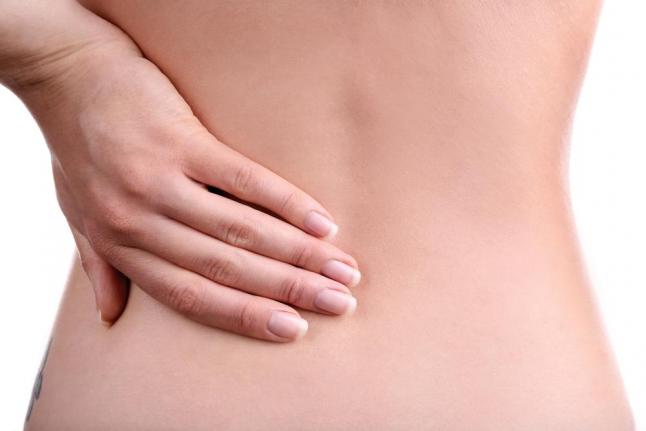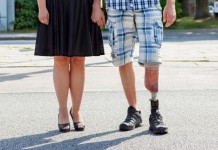
Spinal Cord Stimulation More Effective At Higher Frequency

CHICAGO, July 28 (UPI) — High-frequency spinal cord stimulation had nearly twice the effectiveness for chronic back and leg pain patients as traditional low frequency stimulation in a recent study.
Spinal cord stimulation, or SCS, is delivered using a small device implanted under the skin, especially for chronic pain in the limbs and trunk of the body. High-frequency SCS, a proprietary system called HF10, delivers pulses of 10,000 Hz through the device, as opposed to the 40 to 60 Hz of low frequency SCS.
High-frequency SCS also does not induce paresthesia, a tingling or buzzing induced by the stimulation, which can be uncomfortable and limit the treatment’s effectiveness.
“This is the first long-term study to compare the safety and effectiveness of high frequency and traditional SCS therapy for back and leg pain,” said Dr. Leonardo Kapural, a professor of anesthesiology at Wake Forest University School of Medicine, in a press release. “Chronic back and leg pain have long been considered difficult to treat and current pain relief options such as opioids have limited effectiveness and commonly known side effects. Given the prevalence of chronic pain, high frequency SCS is an exciting advance for our patients.”
Researchers worked with 171 patients with chronic leg or back pain who already had an SCS implant. Of these, 90 received HF10 and 81 continued with traditional SCS treatment. After 3 months, 85 percent of back pain patients and 83 percent of leg pain patients in the HF10 group saw a 50 percent or greater reduction in pain and none experienced paresthesia. In the traditional group, 44 percent of back and 56 percent of leg pain patients saw improvements of 50 percent of more.
Over the following 12 months, researchers reported that 55 percent of patients were satisfied with HF10 treatment, as compared with just 32 percent of traditional SCS.
The study is published in Anesthesiology.
Like Us on Facebook for more stories from GephardtDaily.com





